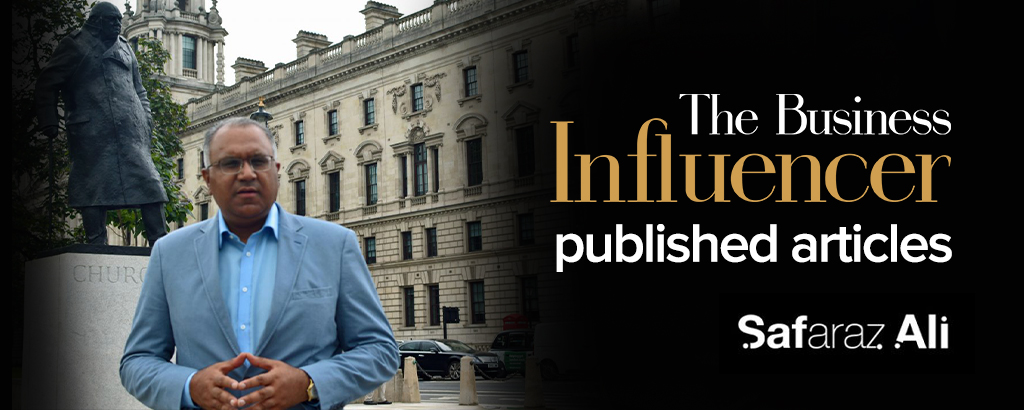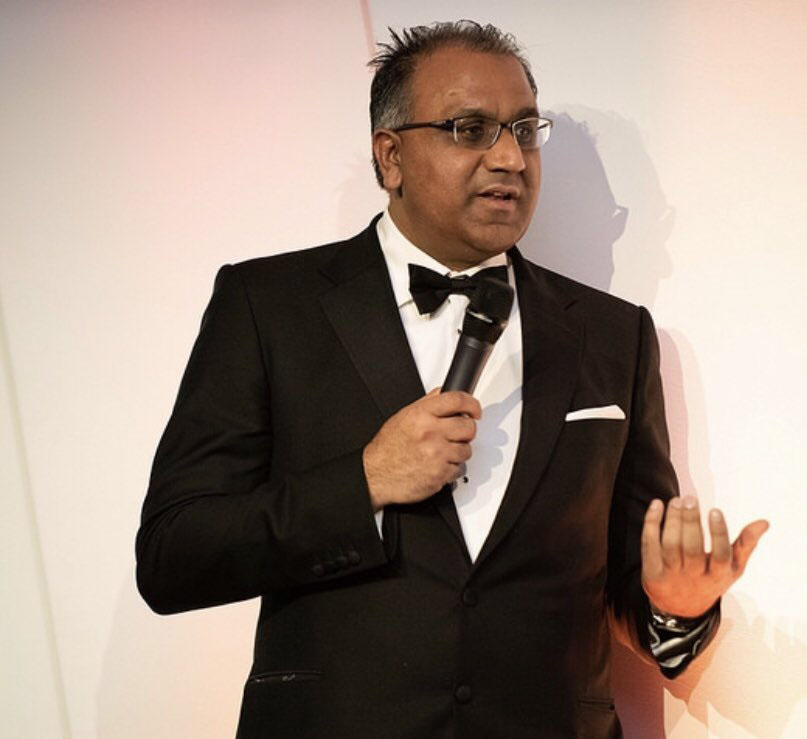
Great people make great businesses and great businesses make great teams.

WHEN the American space programme was in its infancy in the early 1960’s, President John Kennedy who set the challenge of landing a man on the moon and returning him safely within a decade, visited the then new space Agency NASA.
During that visit he was taken to the staff canteen and got talking to a lady who was clearing plates and wiping down tables. The President asked her about her job. The canteen worker said that: “I am helping to put a man on the moon.”
This is wonderful story that those of us in business would do well to remember as it clearly demonstrates an understanding of a defined goal that each team member should know where the business is heading alongside their own objectives and contribution.
In my latest Canny Bites book titled: attracting, retaining, and growing your team to grow your business, a common phrase I use is ‘chew on it,’ by which I simply mean give it some thought, consider whether this would this work for you and encourage you take some to consciously reflect on what is working for you and what might you do differently.
There is a saying by the motivational speaker Marcus Buckingham; ‘People leave managers, not companies. It is certainly true to that people are attracted to people but also teams as good people energise and can inspire you and equally the opposite can be true as well. Of course, people leave jobs for many different reasons but verily it is due to lack of engagement, empowerment, or progression.
Any team development starts with the individual. I encourage business leaders to work towards each member of their team having a personal development plan (PDP). A PDP is a tool to help focussing on progressing and improving knowledge and skills on an ongoing basis.
Individual Goal setting
Get your team members to think about how they want to progress within their role. It is important you get the framework in place early on to make sure you are progressing team members in a way that is valuable to both them and your business.
Giving your team member some freedom to create their own development plan, allows them to ask themselves where they would like to grow, and how they would like to achieve it.
After some time in the role, is it time to expand the responsibilities of the team member? Think about cross-business training, or further functions they could take on. Does this fit with any agreed PDP?
Progress reviewing
Having regular meetings to check on progress will make sure you are on track and identify any key training requirements or concerns.
Continue with regular check-ins to see how they are progressing, keep on track and identify those key training requirements or concerns.
Learning Goals
What do you want the team member to have learnt by a particular point in time? Think about how you can develop them further into the role, and make sure this is in line with any set PDP.
Is the team member on track for the knowledge they should have? How can you now stretch and challenge that to make sure they are not only achieving, but growing?
Building a business or even sustaining one is nigh on impossible without building a team, one cannot team build without working on the individuals within the team, This is why I often say that “we are not a team because we work together, we are a team because we make each other better”.
In any given business environment and not just when facing chaos and uncertainty, your best “strategy” in business is to access great people and develop them as part of your team, whether these are employed or contractors/consultants or specialist experts as per your specific requirements and business needs. One thing you should strive for is that they must be able to adapt to and perform brilliantly no matter what the opportunity is and what comes next.
My go-to concept that underpins this is: First Who, Then What by well-known business guru Jim Collins the author of Good to Great. Simply this is about getting the right people on the bus and getting them sitting in the right seats. Jim Collins states that leaders should always think first about “who” and then about “what”.
Clearly, if every problem in business is a people problem, then at the same footing every solution in business is a people solution. We have all heard that in property it is about location, location, location then with business it must be people, people, people.
People at times let themselves and others down and therefore we often have heard that staff can be the biggest source of pain and therefore the biggest liability for a business. When that happens a re-align, re-engage, or release decision needs to be made. However, no doubt in most cases, people are often the biggest asset in a business and like any asset they must be carefully selected, nurtured, and enhanced to generate the highest returns for the business.
